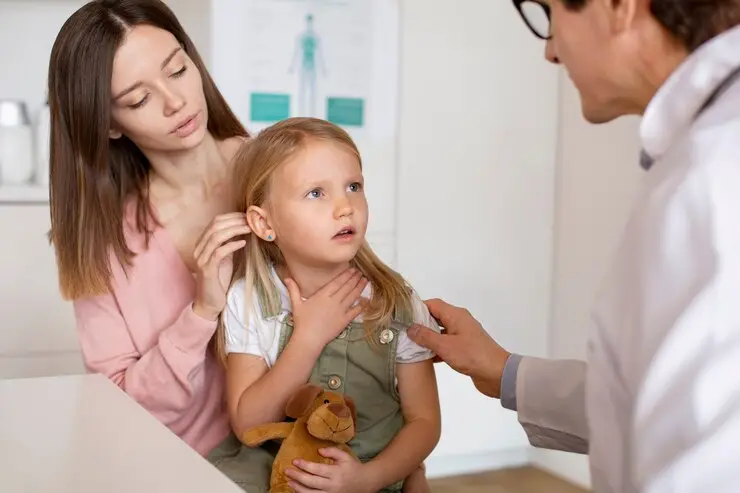Unveiling the Frameworks of Theories, Best Approaches in Couples Therapy and Examples

Couples therapy operates on a foundation of diverse theoretical frameworks and approaches, each offering unique insights and strategies to help couples navigate challenges and cultivate healthier relationships. In this article, we delve into the theories underpinning couples therapy and explore the best approaches utilized by therapists to foster growth, connection, and resilience in romantic partnerships.

Page Contents
Unveiling the Frameworks of Theories and Best Approaches in Couples Therapy

Theories in Couples Therapy: The Couples therapy draws upon several theoretical frameworks that inform the understanding of relationship dynamics and guide therapeutic interventions.
Some of the 4 prominent theories include:
- Attachment Theory: Developed by John Bowlby and expanded by researchers like Sue Johnson, attachment theory emphasizes the importance of emotional bonds and attachment styles in shaping relationship dynamics. Couples therapists use attachment principles to help partners identify and address underlying attachment needs, fostering a secure emotional connection and intimacy.
- Communication Theory: Communication theory focuses on how communication patterns influence relationship satisfaction and conflict resolution. Therapists employ communication-focused interventions to help couples.
- Systems Theory: Systems theory views couples as interconnected systems, where changes in one partner can impact the entire relationship dynamic. Therapists in couples therapy consider the relational patterns, roles, and dynamics that contribute to conflicts and disconnection. By identifying and addressing systemic issues, therapists empower couples to cultivate healthier relational patterns and promote mutual understanding and support.
- Cognitive-Behavioral Theory: Cognitive-behavioral approaches in couples therapy focus on identifying and challenging maladaptive thoughts and behaviors that contribute to relationship distress. By teaching couples cognitive restructuring techniques, therapists help partners reframe negative perceptions, enhance communication skills, and develop effective problem-solving strategies. Through behavioral interventions, couples learn to replace harmful patterns with healthier alternatives, fostering positive change and growth in their relationship.
Here are the 3 Best Approaches for Couples Therapy:
- Emotionally Focused Therapy (EFT): EFT is a highly effective approach that focuses on identifying and restructuring emotional responses within the relationship. By helping partners express vulnerable emotions and needs, therapists facilitate deeper emotional connection and intimacy. EFT emphasizes the importance of creating a secure emotional bond between partners, fostering greater trust, empathy, and relational satisfaction.
- Gottman Method Couples Therapy: Developed by Drs. John and Julie Gottman, this evidence-based approach emphasizes the importance of building friendship, managing conflict, and creating shared meaning in relationships. Through assessments and interventions, therapists help couples strengthen their friendship, improve communication skills, and navigate conflicts constructively. The Gottman Method equips partners with practical tools and strategies to nurture their relationship and sustain long-term happiness and fulfillment.
- Imago Relationship Therapy: Imago therapy focuses on understanding the unconscious dynamics that drive relationship patterns and conflicts. Through dialogue and exercises, therapists guide partners in exploring childhood wounds and unmet needs that may influence their present-day relationship dynamics. By fostering empathy and validation, Imago therapy helps partners heal past hurts, deepen emotional connection, and create a conscious and intentional partnership.

Here’s the information organized into a table format:
| Theory | Example |
|---|---|
| 1. Attachment Theory | A couple enters therapy with recurring conflicts around intimacy and communication. Through exploration, the therapist identifies that one partner has an anxious attachment style, seeking constant reassurance, while the other partner exhibits an avoidant attachment style, withdrawing emotionally when feeling overwhelmed. By understanding these attachment dynamics, the therapist helps the couple recognize how their attachment styles influence their interactions, fostering empathy and understanding between them. |
| 2. Systems Theory | A couple seeks therapy due to ongoing conflicts related to parenting responsibilities. The therapist uses a systems approach to explore how the couple’s family of origin, cultural backgrounds, and societal expectations shape their parenting roles and dynamics. By examining the interconnectedness of these factors, the therapist helps the couple identify systemic issues contributing to their conflicts and collaboratively develop strategies for more equitable and harmonious parenting. |
| 3. Cognitive-Behavioral | A couple struggles with frequent arguments and escalating conflicts. The therapist employs cognitive-behavioral techniques to help the couple identify and challenge maladaptive thought patterns contributing to their conflicts. Through cognitive restructuring exercises, the couple learns to reframe negative interpretations of each other’s behavior and develop more constructive ways of communicating and resolving disagreements. |
| 4. Emotionally Focused Therapy (EFT) | A couple presents with a history of emotional distance and disconnection in their relationship. The therapist uses EFT to explore the underlying emotions driving their relational patterns. Through structured interventions, such as enactments and reflecting emotional responses, the couple learns to express vulnerable emotions and respond with empathy, leading to increased emotional intimacy and connection. |
| 5. Gottman Method Couples Therapy | A couple seeks therapy to address frequent conflicts and dwindling intimacy in their relationship. The therapist conducts a comprehensive assessment using Gottman Method tools, such as the Sound Relationship House questionnaire, to identify strengths and areas for improvement in the couple’s relationship. Based on the assessment findings, the therapist guides the couple through exercises aimed at enhancing friendship, managing conflict, and fostering shared meaning, leading to greater relationship satisfaction and resilience. |
| 6. Imago Relationship Therapy | A couple presents with recurring conflicts related to unresolved issues from their past. The therapist utilizes Imago therapy to explore the unconscious dynamics underlying their relationship patterns. Through dialogical exercises, such as mirroring and validation, the couple gains insight into their childhood wounds and unmet needs, fostering empathy and understanding between them. As they heal childhood to adolescent past hurts and cultivate conscious communication, the couple experiences greater relational harmony and connection. |
This table provides a clear overview of each theory and approach, along with illustrative examples of their application in couples therapy.
Conclusion
In the tapestry of couples therapy, the fusion of theories and approaches creates a vibrant mosaic of healing and transformation for partners. From attachment theory to cognitive-behavioral techniques (CBT), couples therapists draw from diverse frameworks to tailor interventions that meet the unique needs and goals of each couple. As partners embark on the journey of couples therapy, they discover the power of vulnerability, empathy, and relational growth, forging a path toward deeper connection, understanding, and love.







